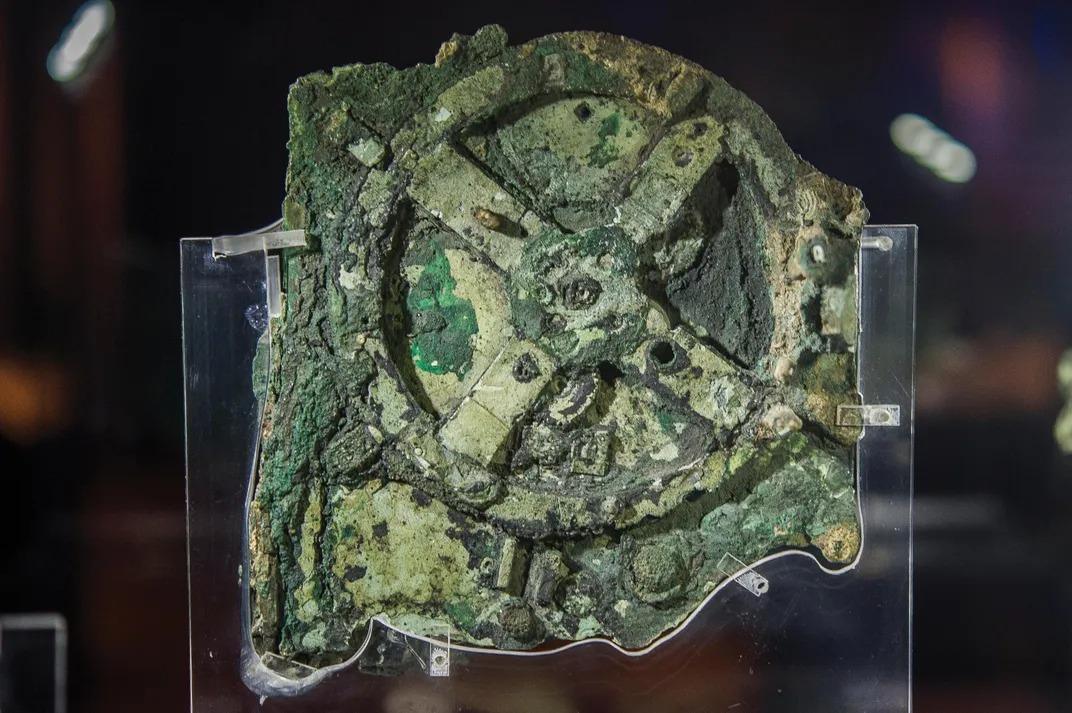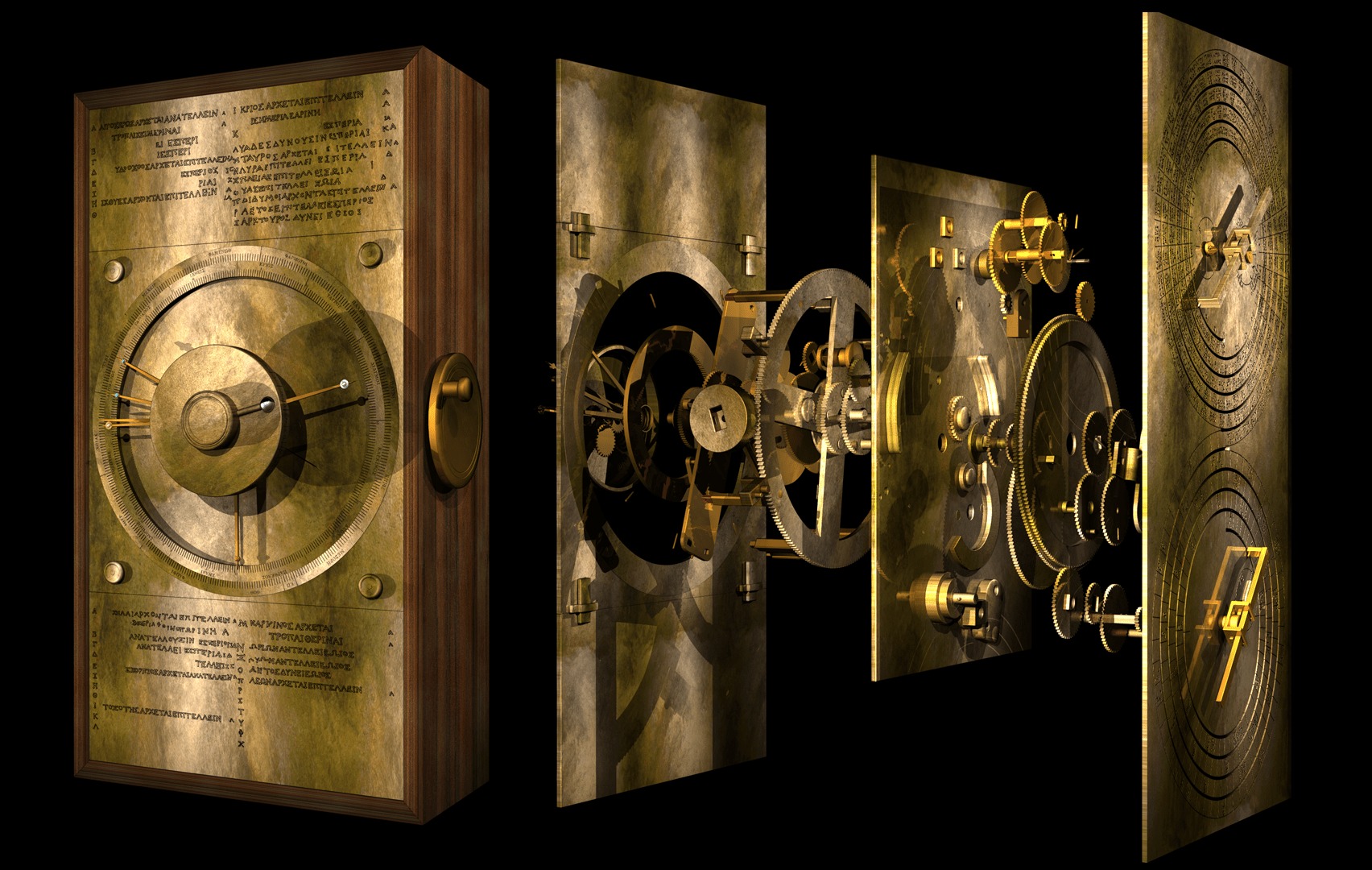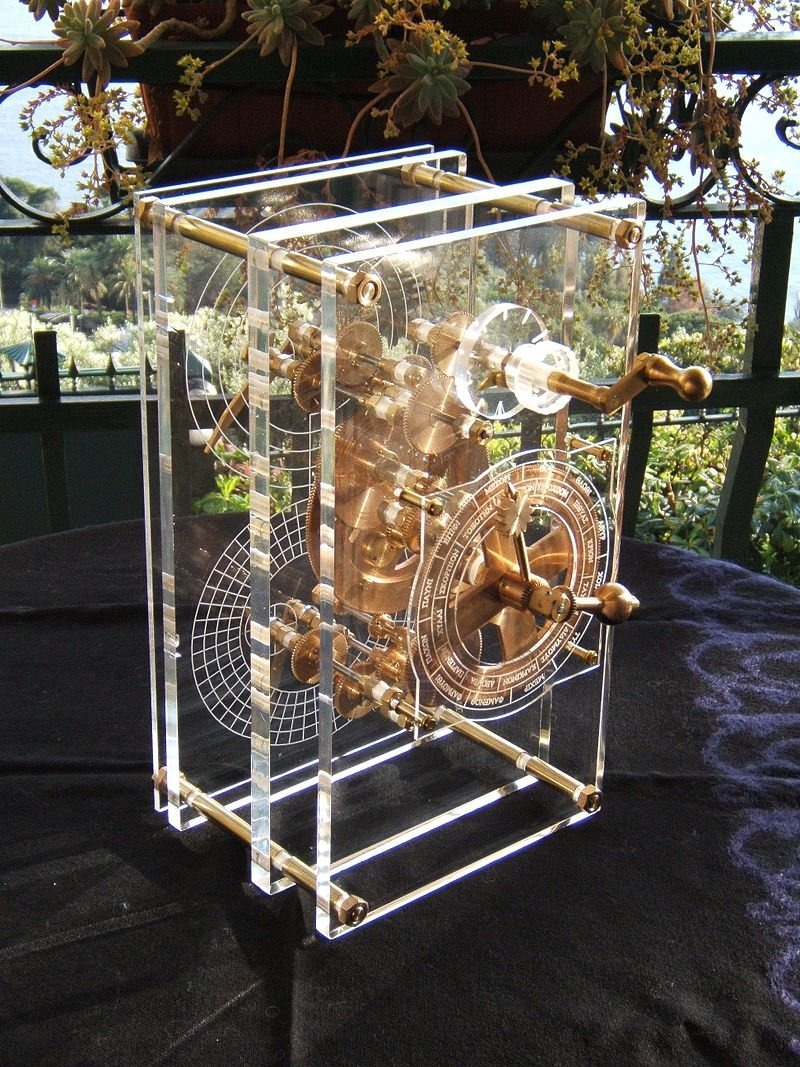Researchers may have solved one of the oldest mysteries of the world’s oldest mechanical computer, the Antikythera Mechanism. They were able to do this through a combination of statistical analysis and space-time research techniques.

The Antikythera Mechanism is the world’s oldest manually operated mechanical computer, found in 1901 off the island of Antikythera, between Kythera and Crete in the Aegean Sea. Made in the 2nd century B.C., this shoebox-sized bronze mechanism had at least 30 gears and could accurately predict astronomical events such as the movement of the planets, eclipses and phases of the moon, as well as the date of future Olympic Games. Until now, it remained unclear what type of astronomical calendar was used in the mechanism – lunar or solar.

In 2020, X-rays revealed evenly spaced holes beneath the mechanism’s damaged calendar ring. However, the ring was incomplete, and the researchers suggested that the number of holes could be between 347 and 367, which included both the 354-day lunar and 365-day solar calendar.
Late last year, being on winter break, researchers at the University of Glasgow found a new approach. Professor Graham Woan, using data from another expert, Chris Budiselic, applied Bayesian analysis to calculate the most likely number of holes, given the six surviving ring fragments and the location of the holes on them. Woan determined that the ring had either 354 or 355 holes.

Another faculty member at the university’s Institute for Gravitational Research, Joseph Bayley, applied a statistical modeling technique developed to study gravitational waves in space-time. His analysis confirmed that the ring contained either 354 or 355 holes with a circumference radius of 77.1 mm, with an uncertainty of about 1/3 mm. Each hole differed by only 0.028 mm, impressively accurate for the technology of the time. The obtained results provide new evidence that this component was most likely used to track the Greek lunar year.
“It’s a neat symmetry that we’ve adapted techniques we use to study the universe today to understand more about a mechanism that helped people keep track of the heavens nearly two millennia ago. It gave a new perspective on the Antikythera mechanism and the skill of the Greek artisans who created this device. It’s given me a new appreciation for the Antikythera mechanism and the work and care that Greek craftspeople put into making it — the precision of the holes’ positioning would have required highly accurate measurement techniques,” Bayley noted.
Earlier we told you about how our distant ancestors explored the sky without telescopes.
According to sci.news


